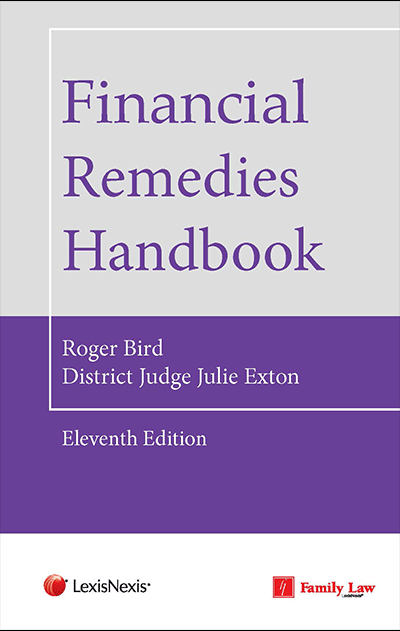- News & Comment
-
Online Shop
Online Services
Looseleafs
Law Reports
Books and eBooks
-
CPD & Events
Webinars
Events
- Authors
- About Family Law
- Contact


The recent drive to ensure court documents are kept concise is continuing, with Mostyn J revising his guidance on the efficient conduct of financial remedy hearings allocated to a High Court Judge. This follows on from the President’s latest consultation on PD27A, in which he asked practitioners’ views on regulating the length of individual documents, such as chronologies, skeletons and witness statements (amongst others).
Mostyn J’s guidance, which was last revised in July 2015, only applies to a small proportion of financial remedy cases – those that have hearings allocated to a High Court Judge (whether sitting at the RCJ or elsewhere).
Paragraph 15 of the guidance has been altered to limit the length of skeleton arguments submitted to court. Previously a skeleton argument could not exceed 25 pages, this has now been reduced as follows:
‘i. For the first appointment, or any other interim hearing, 10 pages
(including any attached schedules);
ii. For the FDR 15 pages (excluding agreed documents but including
any other appended schedules);
iii. For the final hearing 20 pages (excluding agreed documents
under para 13 above, but including any other appended
schedules).’
Paragraph 16, which provides that if a skeleton is going to exceed a certain length a direction to that effect should be sought at the Pre-Trial Review, has also been revised to change the page limit from 25 pages to 20.




